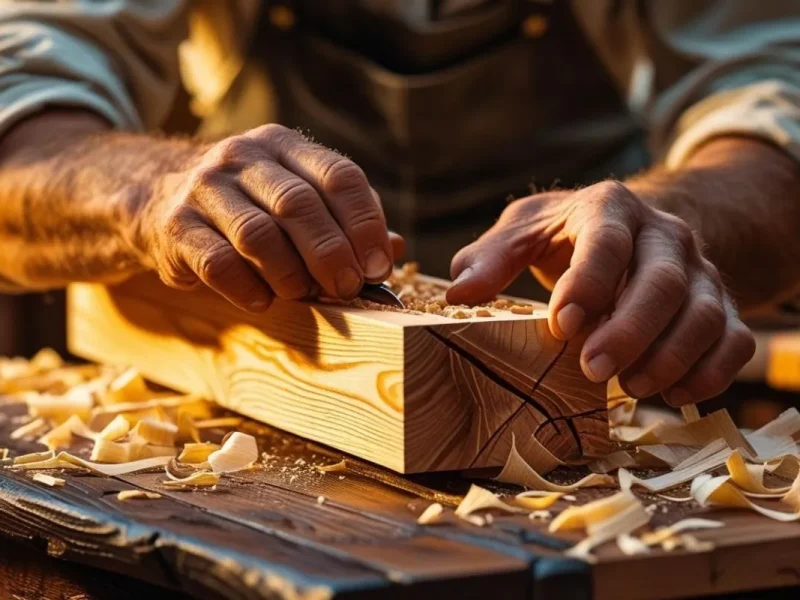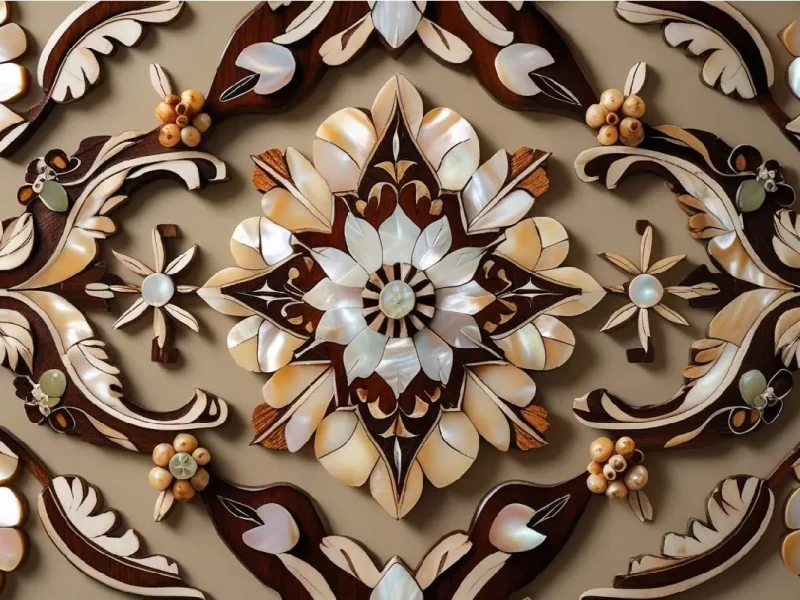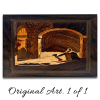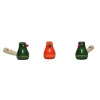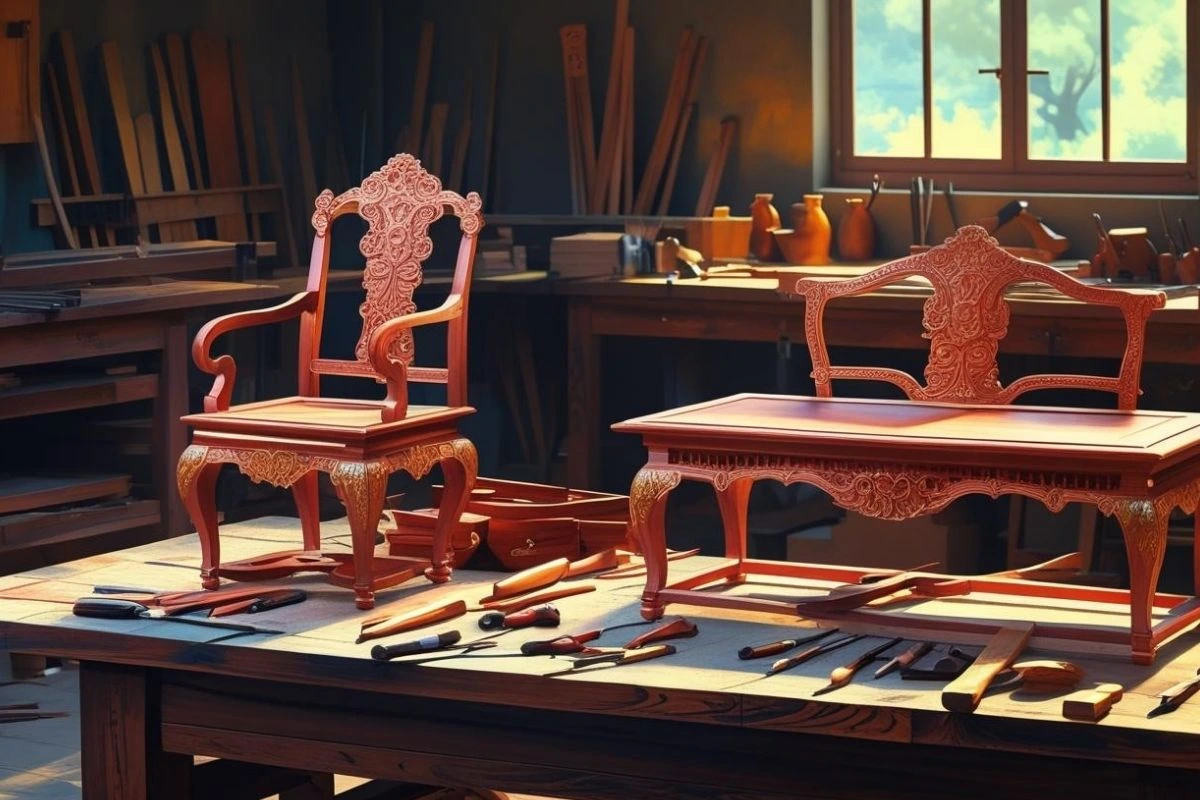
Preserving Traditional Wooden Artistry: A Closer Look at Rosewood Products
With a growing emphasis on mass-produced items and synthetic products in the world, is highly dependent on traditional wooden artwork. As an embodiment of authenticity, craftsmanship and culture. Among numerous timbers, rosewood can take a place of pride. Because of its beauty, strength and the relevance it has to history when used in this traditional art. Be it exquisitely carved furniture or even fine inlay work. The rosewood products represent an aesthetic balance between beauty and artisanship that one would not want to lose.

Allure of Rosewood
Rosewood, which has deep reddish-brown colouration and delicately designed grains, has been a preferred choice material for centuries. The pearl results in a smooth texture with its own natural lustre. And is not only pleasing to the eye but also extremely strong and decay-resistant. The mix is perfect to use on goods that are meant to be used over the generations. Lluxury dining tables, finely crafted jewellery boxes, et cetera.
The smell of it is distinctive, not always sweet or warm, but definitely enhancing the extra dimension of its beauty. Not all artisans work with rosewood only because it looks pretty. Many of them just enjoy the process of creating something out of a product that appeals to all senses.
A heritage of fine craftsmanship
The traditional art of making rosewood is not always woodworking but just a family heritage traced back through generations. The techniques used by these master craftsmen in most areas. Particularly South Asia, the Middle East and parts of Africa, have existed for centuries.
Meticulous hand tools, chisels and carving knives are used. These artisans sometimes spend days or weeks working on one piece. Every cut and stroke shows more than technical skill but also the own style of the artisan, regional patterns and storytelling motifs.
Especially showy is rosewood inlay work. The designs are hand carvings, and detailing is done by carving and inlaying with different materials such as ivory alternatives, brass or whiter woods, always creating elaborate patterns that appear nearly impossible to create by hand. It is this scrupulousness which gives rise to the difference between traditional rosewood products and imitations made by machine.
Artistic and Cultural Value
Rosewood craft involves a lot of culture. Rosewood furniture or ornaments represent in many societies a form of heirloom and are bestowed at a wedding or presented as a part of a heritage to a family. They do not simply serve a purpose; they are emotionally and historically loaded.
There is regular use of designs typically influenced by a regional art form, such as floral patterns based on Mughal gardens, geometric arabesque influenced by Islamic art, or carvings with a symbolic meaning particular to a tribal group. Every one of them is a physical connection of our modern world and our ancestors, reminding us about the art that an older generation appreciated.
The Buzzkill to the Old Craft
In spite of this history, traditional rosewood craftwork is undermined. Independent manufacturing has been able to saturate the market with its rapid production and cheap products made through synthesis. The products are usually considered less expensive, and they resemble the appearance of rosewood but fail to provide the authenticity, durability and art which are features of the rosewood.
Also, rosewood trade has gotten stricter to limit overharvesting and protect the environment. These important steps towards sustainability have also affected the supply of good-quality raw materials by the artisans. Several artisans are also experiencing a decline in their business, as many of them can no longer make a quick profit off of their art, since they cannot keep up with the law and the low prices of mass-produced art products.
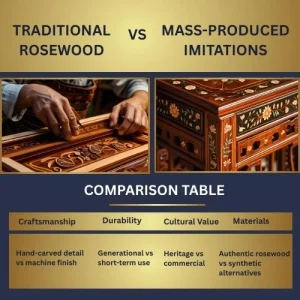
Saving of the Art
To conserve the traditional rosebud artisans, there must be a multidimensional way of doing it:
- Sustainable Sourcing – Promoting the use of certified, sustainably harvested rosewood means that the material can be used without forest loss.
- Cultural Promotion – Exhibitions, craft fairs, and the internet can assist in promoting the rosewood products to more audiences, pointing out the uniqueness and cultural importance of the products.
- Artisan Support – Direct selling marketplaces, fair trade and other programmes provide artisans with improved pay and credit.
- Education and Apprenticeships – It is important to instill knowledge through the skills training programmes so younger generations have an opportunity to continue the tradition.
The Reason to Prefer Rosewood Products
Besides purchasing a product, by opting to use genuine rosewood products, consumers spent their money on heritage, art, and sustainability. A set of rosewood dining furniture or a decorative carved wall panel becomes a personal story, the one that sustains the livelihoods of artisans and preserves the cultures.
The world is getting fast-paced and trends evolve with seasons, but rosewood artistry provides something never changing. All polished surfaces and hand-carvedimages tell a story of patience and hard work and beauty that spans generations.
Conclusion
Isn’t it just maintaining an old craft but also the maintenance of a moving link between our past and future generations? The ability of them to get the same feeling of awe that we have every time we see a beautifully crafted rosewood piece?


